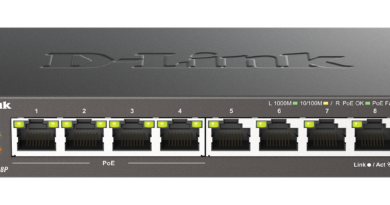Automated Test Equipment (ATE) | A Basic Understanding to All Aspects
The automated test equipment market (ATE) is growing rapidly, and so is the need for a comprehensive and economical ATE Semiconductor testing system. Before you finally get your chips installed in a device, it is of utmost importance to check them for claimed efficiency to ensure a longer lifetime of devices. But what exactly is the ATE Semiconductor testing system and why do you need it? Read this blog to know why
About ATE Semiconductor testing system
ATE Semiconductor testing system is devised to examine the performance of semiconductors equipped in the final product. These are highly refined computerized components that help testers to evaluate the results of functionality, and performance of electronic devices and systems. These tests validate the device based on the output signals it sends once installed. ATE Systems are used to check
- Integrated circuits (ICs),
- Printed circuit boards (PCBs),
- Hard disc drives (HDDs),
- Automotive systems & modules,
- and numerous electronic systems and line-replaceable units (LRUs) that serve in Avionics.
These are powerful data acquisition and diagnostic tools that help industries like
- Consumer electronics,
- Industrial automation,
- Defense, aerospace, etc.
to figure out the efficiency of tools and protect devices from any future hazard.
How does the ATE Semiconductor testing system work?
The semiconductor testing system evaluates the power, speed, voltage, and other parameters of the chip that are essential for the smooth operation of semiconductors.
- This entire testing process is executed by a data acquisition machine (DAQ) also known as the master controller/brain.
- These DAQs’ have a special software known as the National Instruments Automated test software suite that inherits the information of the device under test.
- The data that is inherited post-testing is stored in the master controller signal sources and test software.
- This data is then analyzed and compared to the standard values to know whether a semiconductor is fit to be installed or needs revision.
Why do you need an ATE Semiconductor testing system?
The major role of a semiconductor testing system is to monitor and analyze the functioning of a semiconductor to prevent hazards. But ATE systems host major other benefits as well.
- Efficiency and time-saving:
These tests are highly efficient and have low error chances as compared to a manual process. It saves the time of an engineer in repeating the test multiple times to ensure accuracy. It also eradicates variable troubleshooting by providing a consistent test and cycle time which in turn saves the time and efforts of an engineer.
- Economical procedure:
Performing the test manually requires multiple tools and cycles, and this heavily costs the company. Investing in an ATE helps you cut the cost of manual testing and helps you improve ROI.
- Elimination of data input errors:
Manual procedures are subjected to errors, on the other hand automating the entire testing process helps you eliminate the data input errors and helps streamline the process.
- Better use of human resources:
The team of engineers can focus on other periodic issues rather than giving time to manual procedures that can be done by ATE Systems. You can use your human resource on other productive tasks to improve revenue.
conclusion
Investing in an ATE Semiconductor testing system helps you streamline the process of semiconductor testing. It is an economical way to ensure product safety and efficiency. You cut on time and money being spent on a manual process and replace it with a smart and effective solution that gives you accurate and reliable results in a matter of time.




